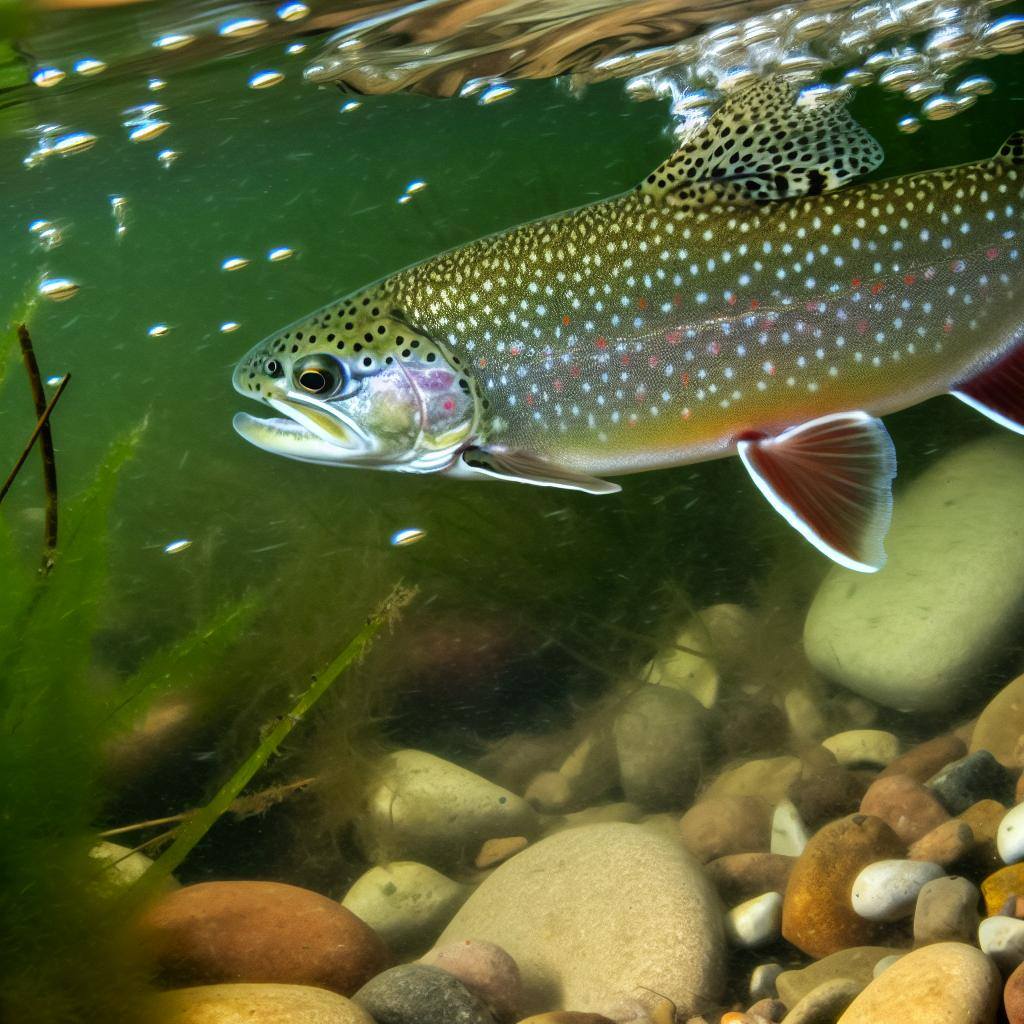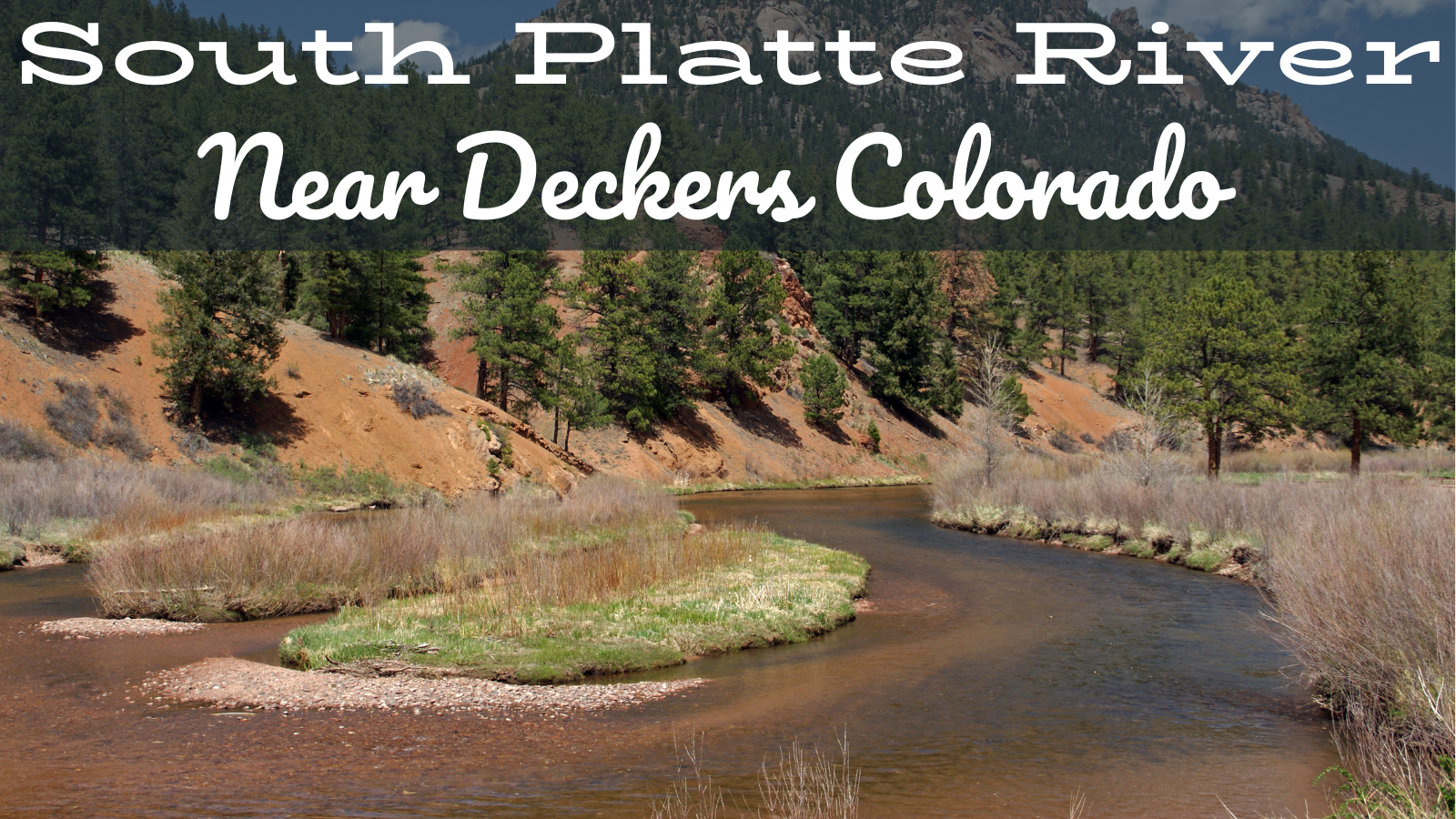Discover the must-have gear for a successful drift fly fishing trip on the Colorado River.
Planning Your Trip
- Research the fishing regulations and obtain any necessary permits or licenses.
- Check the weather forecast to ensure favorable fishing conditions.
- Determine the best time of year to visit for optimal fishing opportunities.
- Identify the specific areas of the Colorado River that are known for good fly fishing.
- Plan your itinerary, including the duration of your trip and any accommodations or camping arrangements.
- Pack appropriate clothing and gear for your trip's weather conditions and duration.
- Familiarize yourself with the local fishing regulations and any catch-and-release practices.
- Consider hiring a professional guide who can provide valuable insights and enhance your fishing experience.
Must-Have Gear for Drift Fly Fishing
.png?width=600&height=400&name=fly%20fishing%20in%20colorado%20(3).png)
To ensure a successful drift fly fishing trip on the Colorado River, it's essential to have the right gear. Here are some must-have items:
- Fly fishing rod and reel: Choose a rod and reel suitable for drift fishing in rivers. Opt for a lightweight and flexible rod that can handle various fish species.
- Fly line and leader: Use a floating or sinking line depending on the fishing conditions. Carry spare leaders of different lengths and strengths.
- Flies: Bring a variety of fly patterns to match the local insect hatches and the fish's feeding preferences. Include dry flies, nymphs, streamers, and emergers.
- Waders and boots: Invest in a good pair of breathable waders and sturdy wading boots to keep you comfortable and safe while fishing in the river.
- Fishing vest or pack: Carry your essential tools, fly boxes, tippet spools, and other accessories in a fishing vest or pack for easy access on the water.
- Landing net: A landing net with a long handle is useful for safely netting and releasing fish without causing harm.
- Polarized sunglasses: Protect your eyes from the sun's glare and improve your visibility in the water to spot fish and underwater structures.
- Sunscreen and hat: Shield yourself from the sun's harmful rays by wearing sunscreen and a wide-brimmed hat.
- Fishing license and permits: Ensure you have the necessary fishing license and any additional permits for fishing on the Colorado River.
- First aid kit and safety equipment: Carry a basic first aid kit, a whistle, and a knife for emergencies.
Choosing the Right Fly Fishing Techniques
When fly fishing on the Colorado River, choosing the right techniques is important to increase your chances of success. Here are some techniques that work well in this river:
- Dead drifting: This technique involves casting your fly upstream and allowing it to drift naturally with the current. It can be effective for trout and other fish species in the Colorado River.
- Nymphing: Nymphs are underwater insect larvae, and fishing with nymph imitations can be highly productive. Use a strike indicator to detect subtle bites.
- Streamer fishing: Streamers imitate small baitfish and can attract larger predatory fish. Use a sinking line and vary your retrieve speed to entice strikes.
- Dry fly fishing: During insect hatches, fish can be seen rising to the surface to feed. Present dry fly imitations on the water's surface for exciting topwater action.
- Euro nymphing: This technique involves using a long, sensitive fly rod and heavy nymphs without an indicator. It allows for precise presentations and is effective in fast-moving water.
Experiment with different techniques and adapt to the fishing conditions and the behavior of the fish. By choosing the right fly fishing techniques, you can increase your chances of hooking into some prized fish on the Colorado River.
Tips for a Memorable Colorado River Fishing Experience
To make your drift fly fishing trip on the Colorado River even more memorable, here are some additional tips:
- Respect the river and its ecosystem. Practice catch-and-release whenever possible to preserve the fish population.
- Stay hydrated and bring plenty of drinking water to stay refreshed throughout the day.
- Learn about the local insect hatches and match your fly patterns to increase your chances of enticing strikes.
- Be aware of your surroundings and watch for wildlife such as bald eagles, ospreys, and mule deer often spotted along the Colorado River.
- Take breaks and enjoy the scenic beauty of the river. It's not just about catching fish but also immersing yourself in nature.
- Engage with local fly fishing communities or hire a professional guide who can provide valuable insights and enhance your fishing experience.
- Practice proper fishing etiquette by giving other anglers enough space and respecting their fishing spots.
By following these tips, you'll have a successful drift fly fishing trip on the Colorado River and create lasting memories of your time spent in this beautiful fishing destination.
Exploring Local Dining Options in Glenwood Springs
After a rewarding day of drift fly fishing on the Colorado River, you might want to explore the local dining options in Glenwood Springs. Here are a few restaurants worth visiting:
- The Pullman: This restaurant offers a farm-to-table dining experience with a seasonal menu featuring locally sourced ingredients.
- The Riviera Supper Club & Piano Bar: Enjoy fine dining and live piano music in a historic building with a charming atmosphere.
- Juicy Lucy's Steakhouse: Indulge in a delicious steak or seafood dish at this family-owned restaurant known for its warm hospitality.
- Smoke Modern BBQ: If you're craving barbecue, this is the place. They offer a variety of smoked meats and tasty sides.
- The Lost Cajun: Savor authentic Cajun and Creole cuisine, including gumbo, jambalaya, and étouffée, in a casual and friendly setting.
- Slope & Hatch: This local favorite specializes in gourmet hot dogs and craft beer. Try their unique hot dog creations for a quick and tasty meal.
.png?width=300&height=100&name=Copy%20of%20Rise%20Beyond%20Logo%2012.31.24%20(300%20x%20100%20px).png)
.png)
.png?width=600&height=400&name=fly%20fishing%20in%20colorado%20(15).png)

.png)
